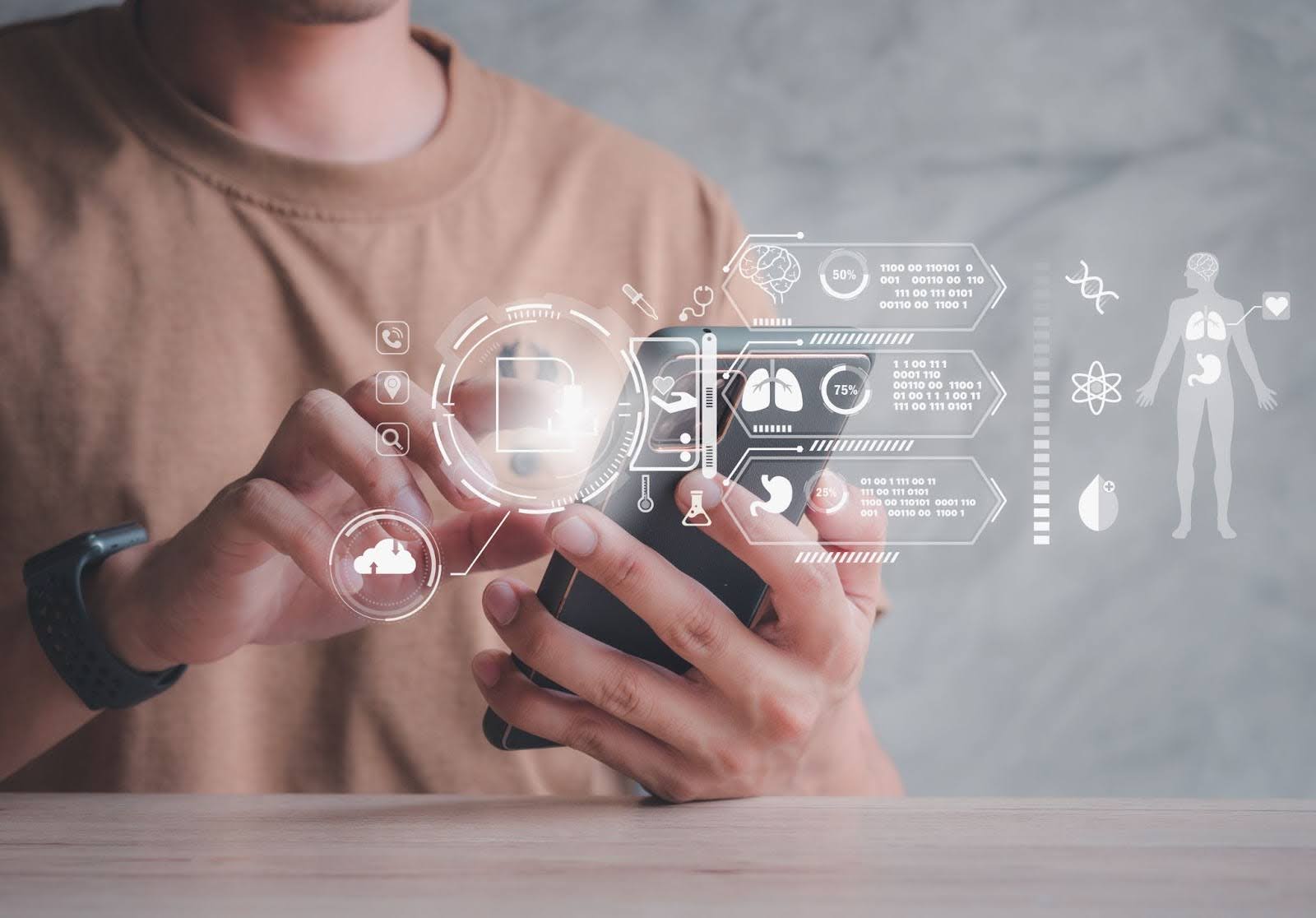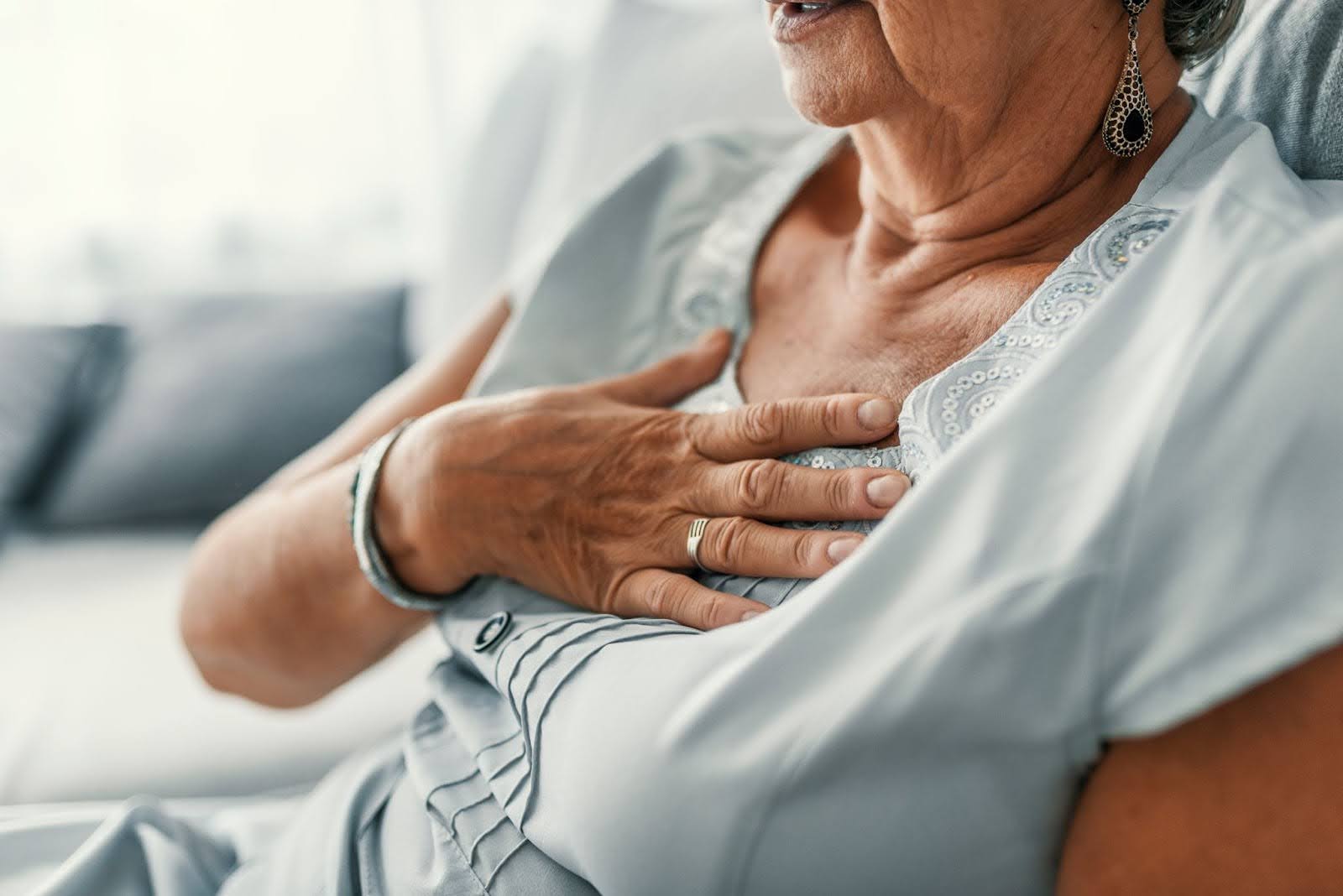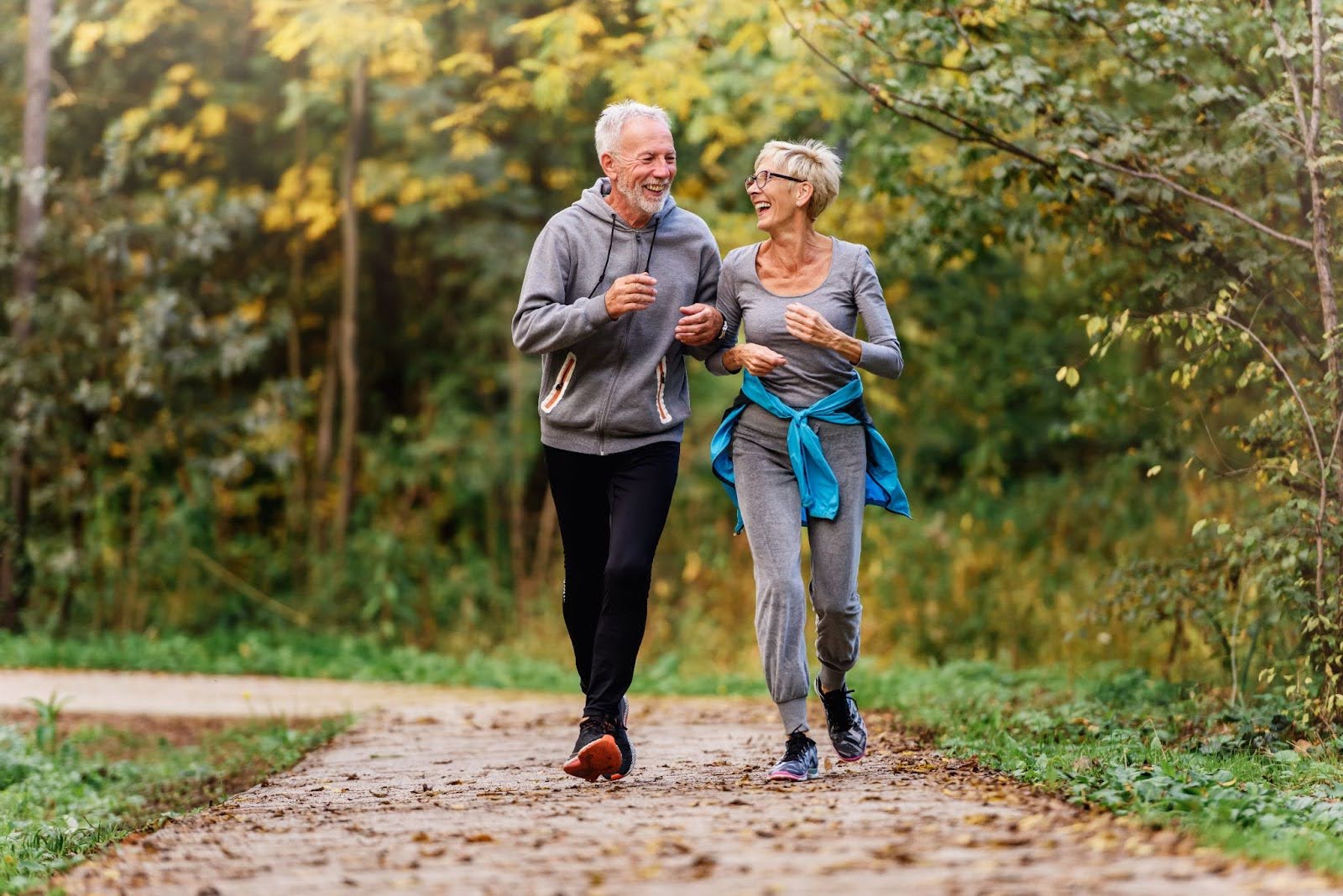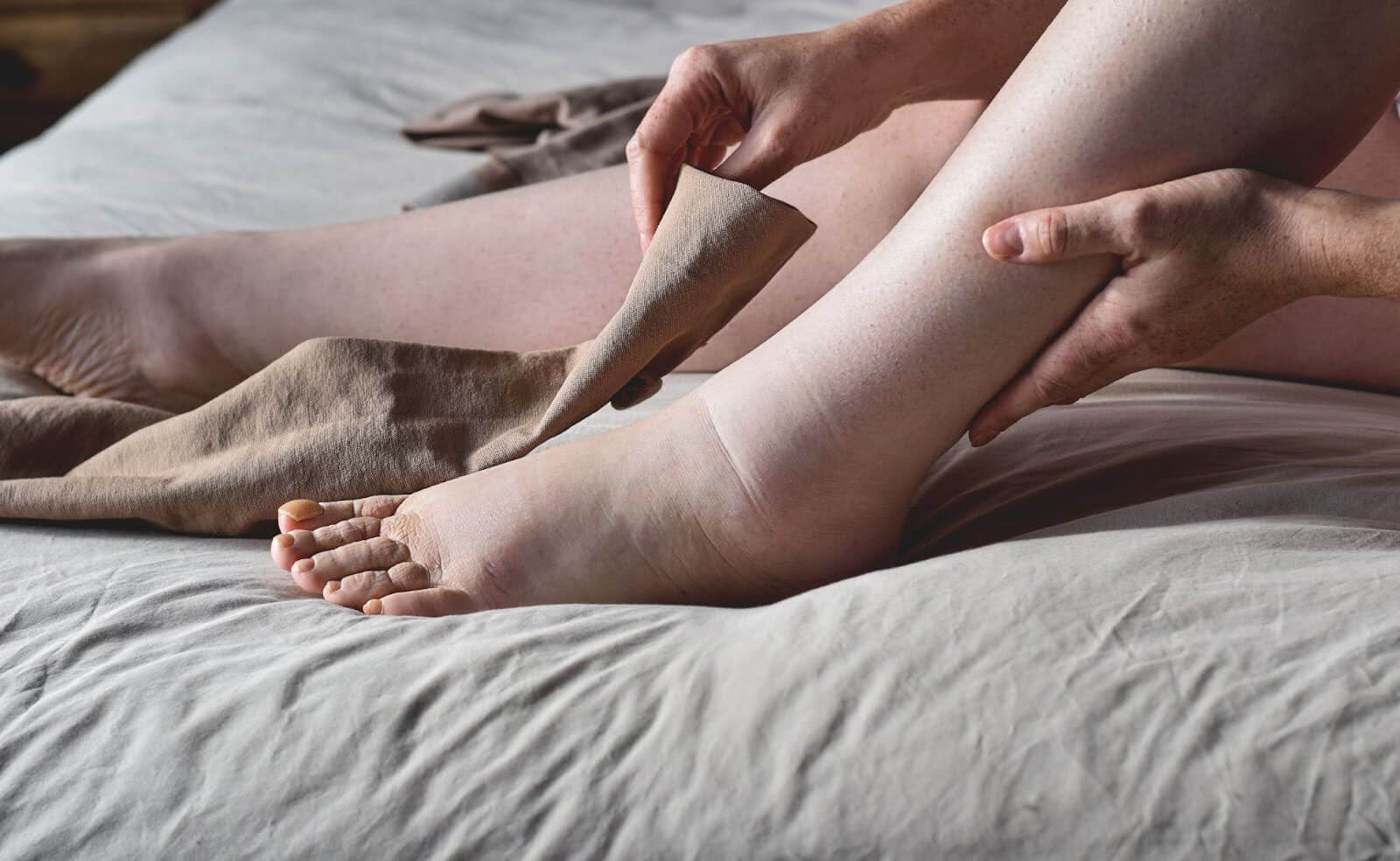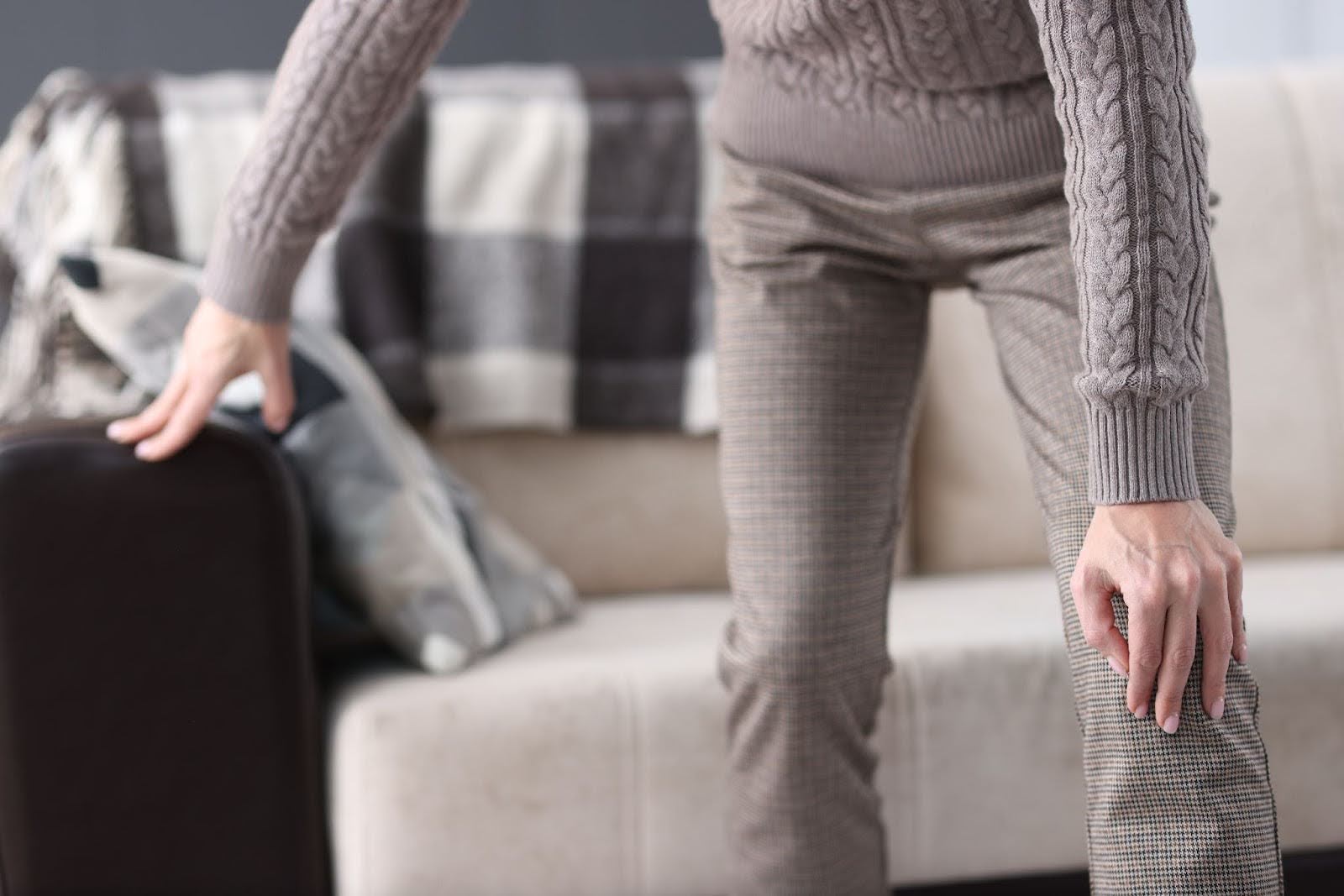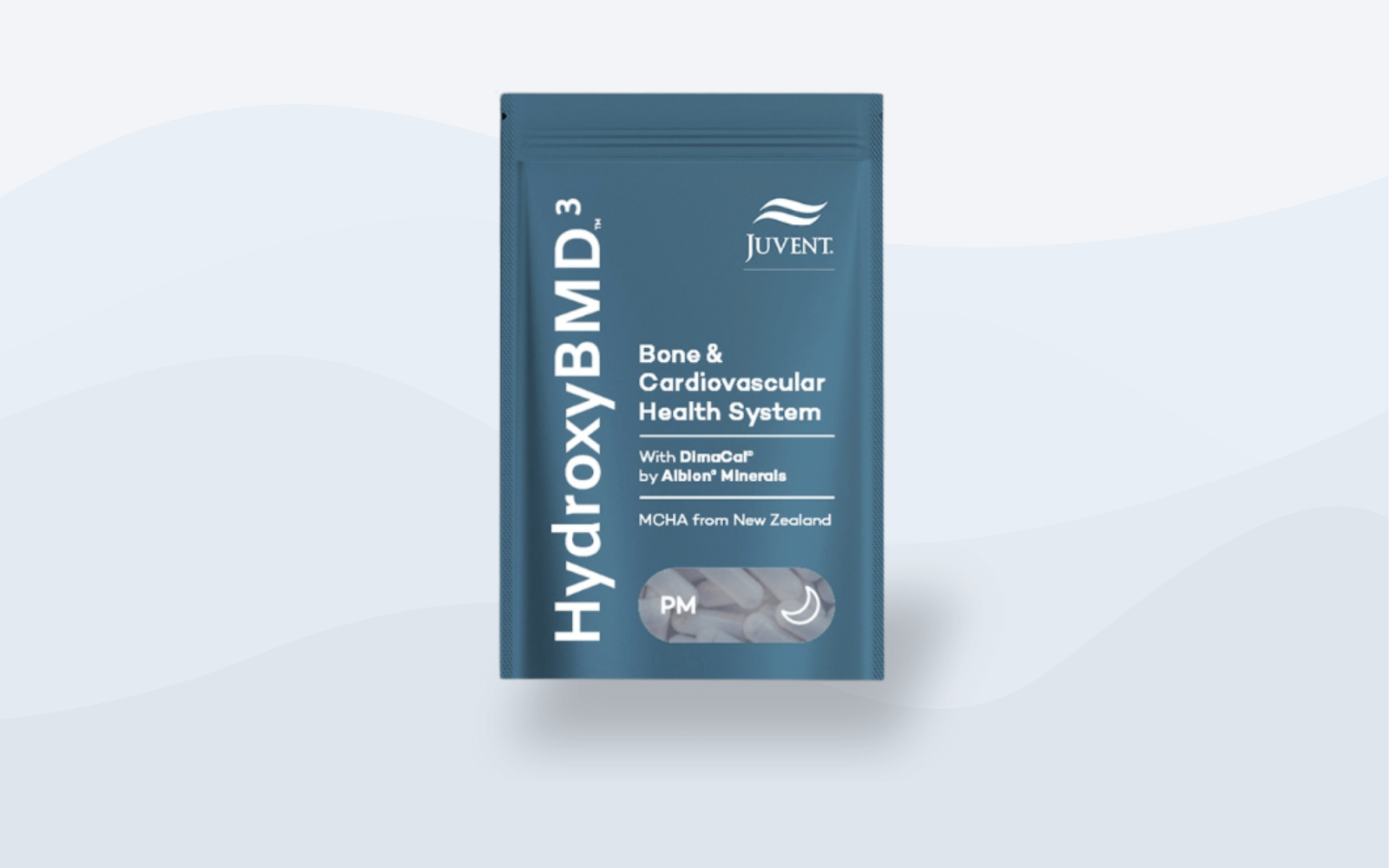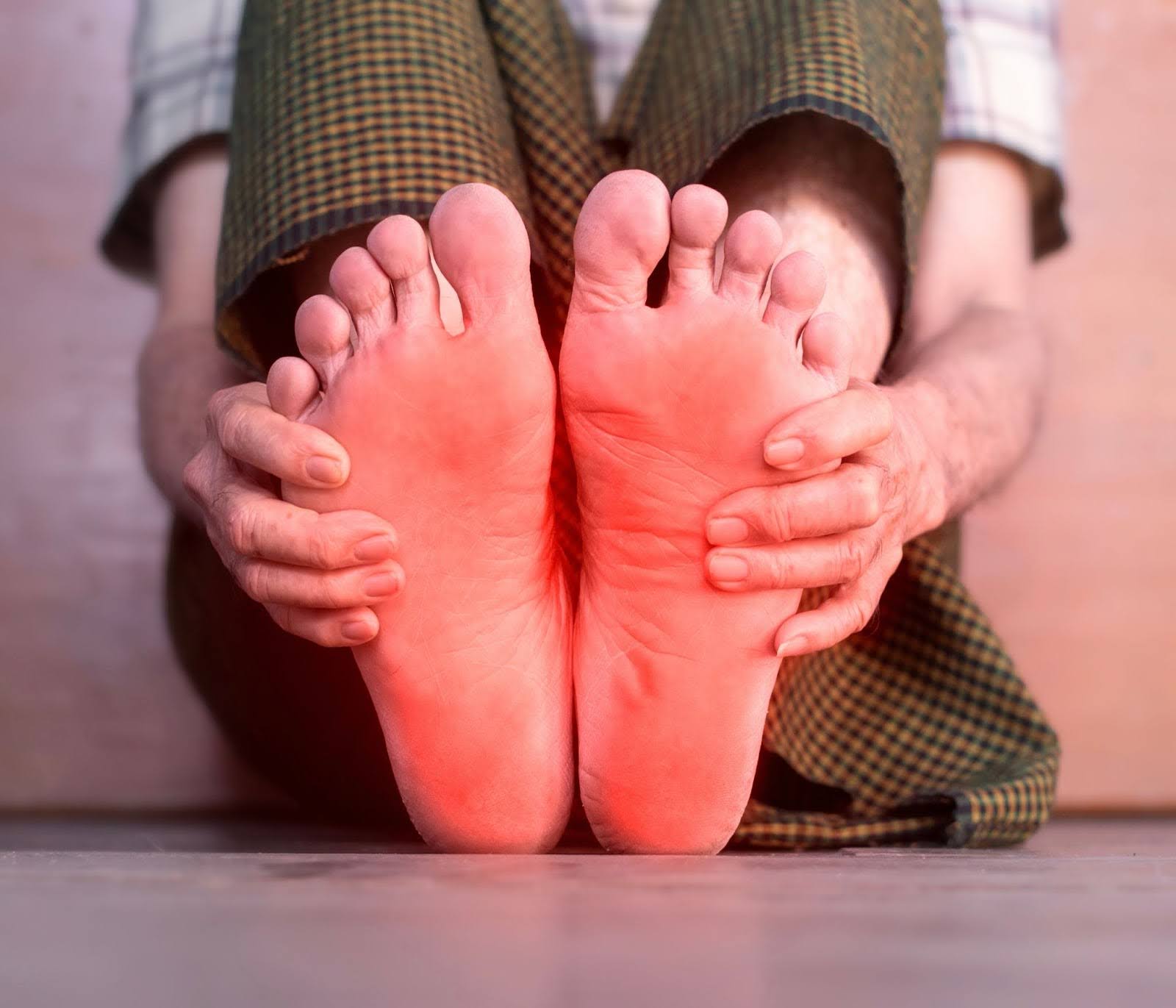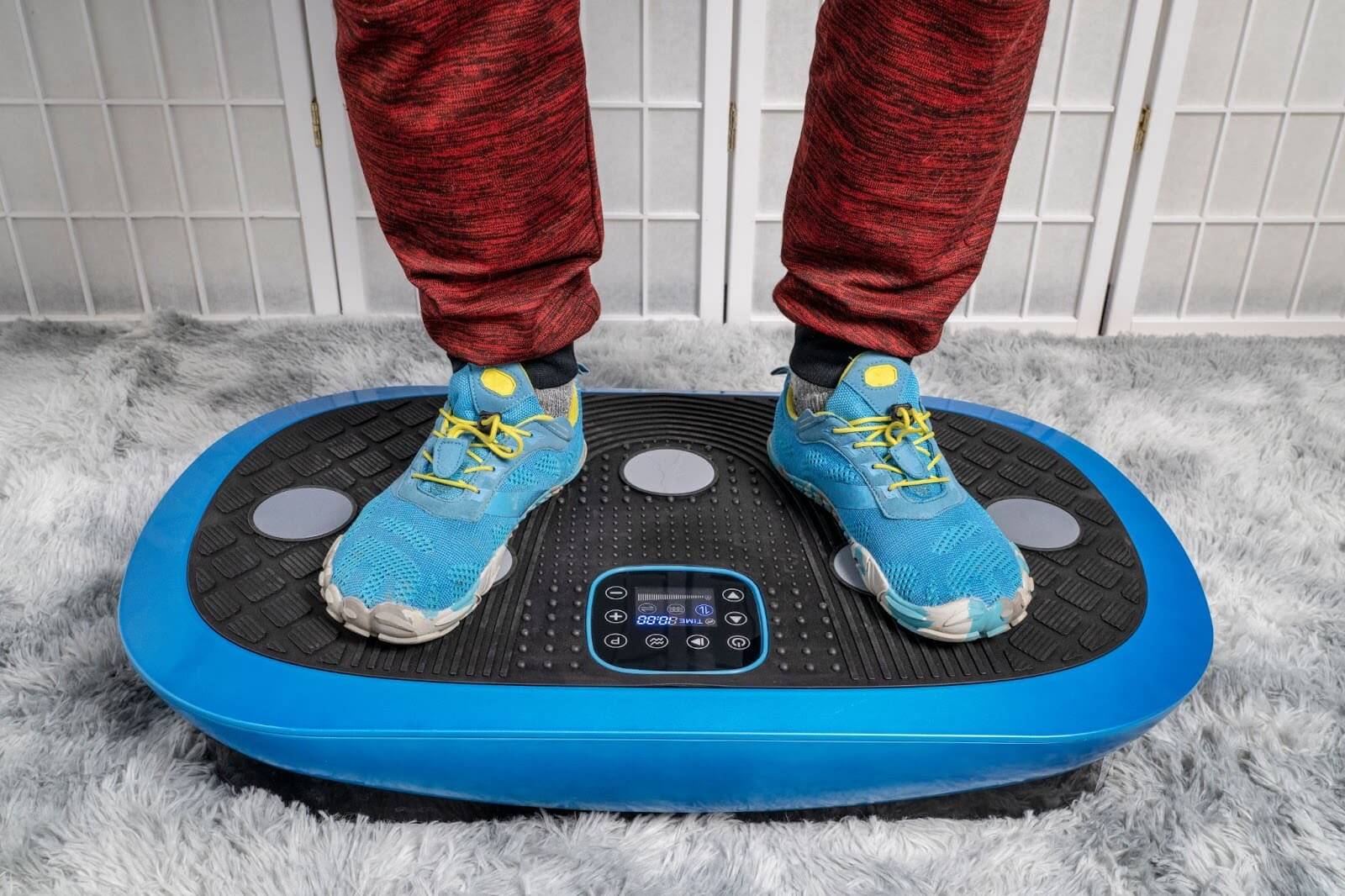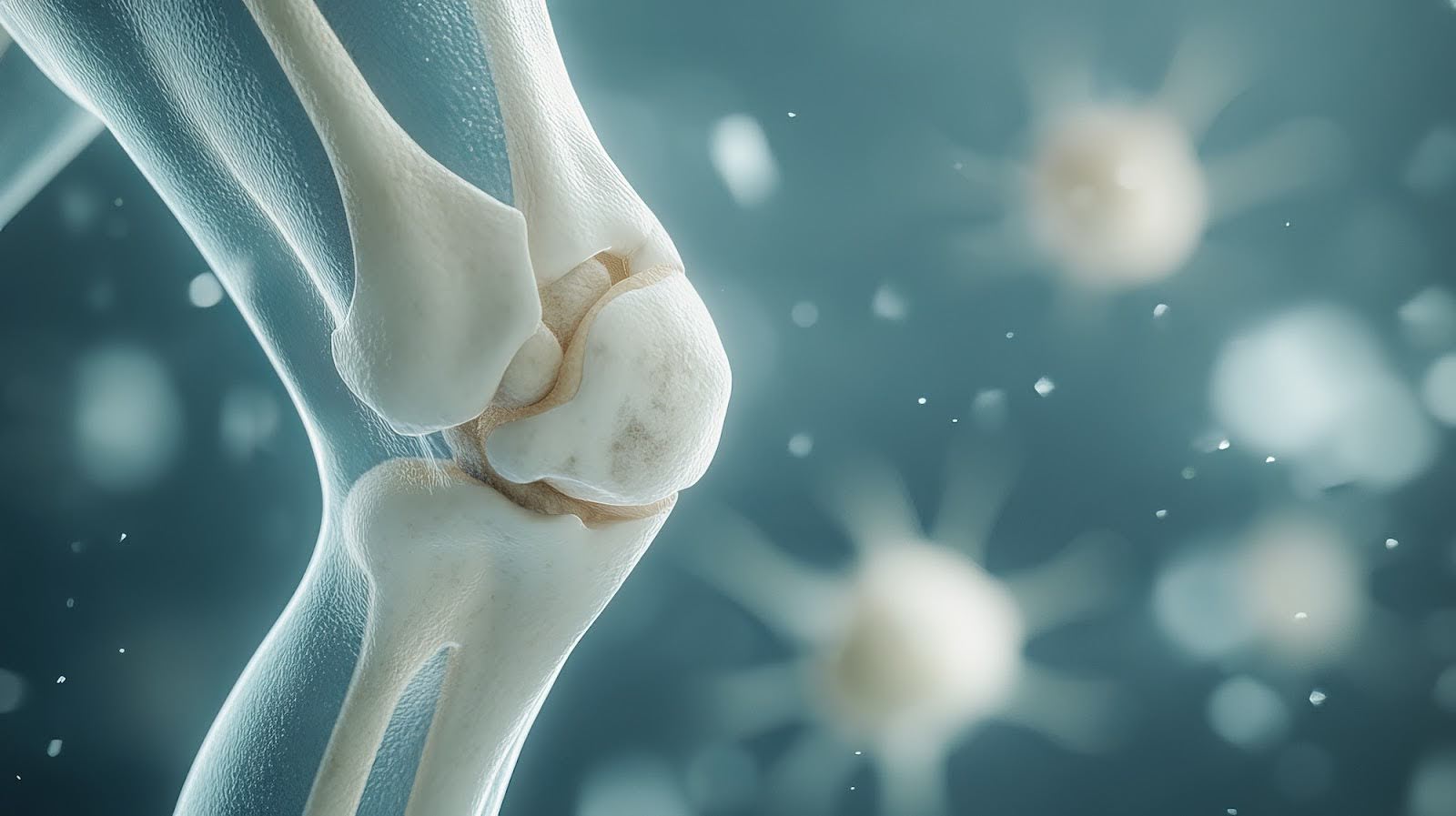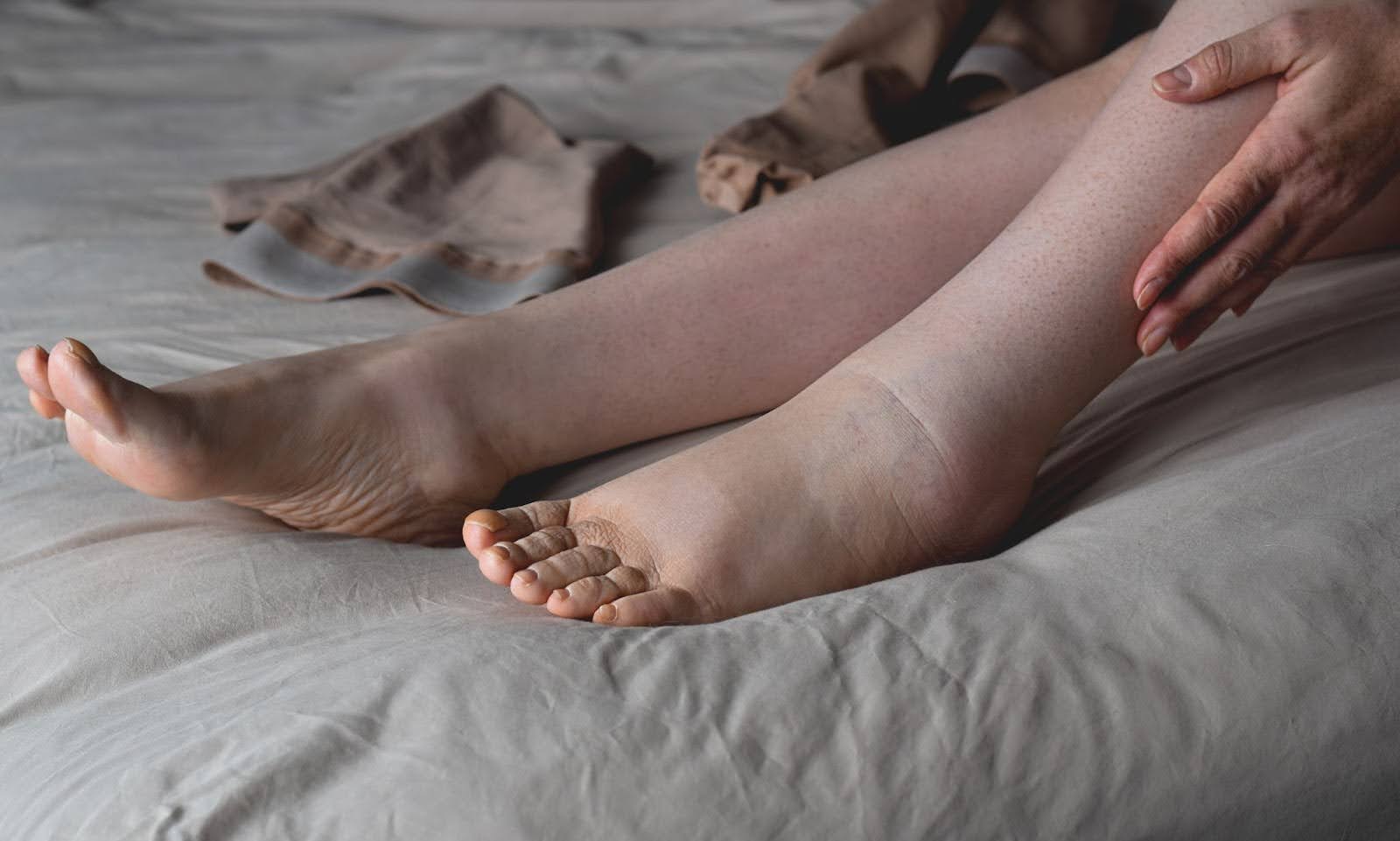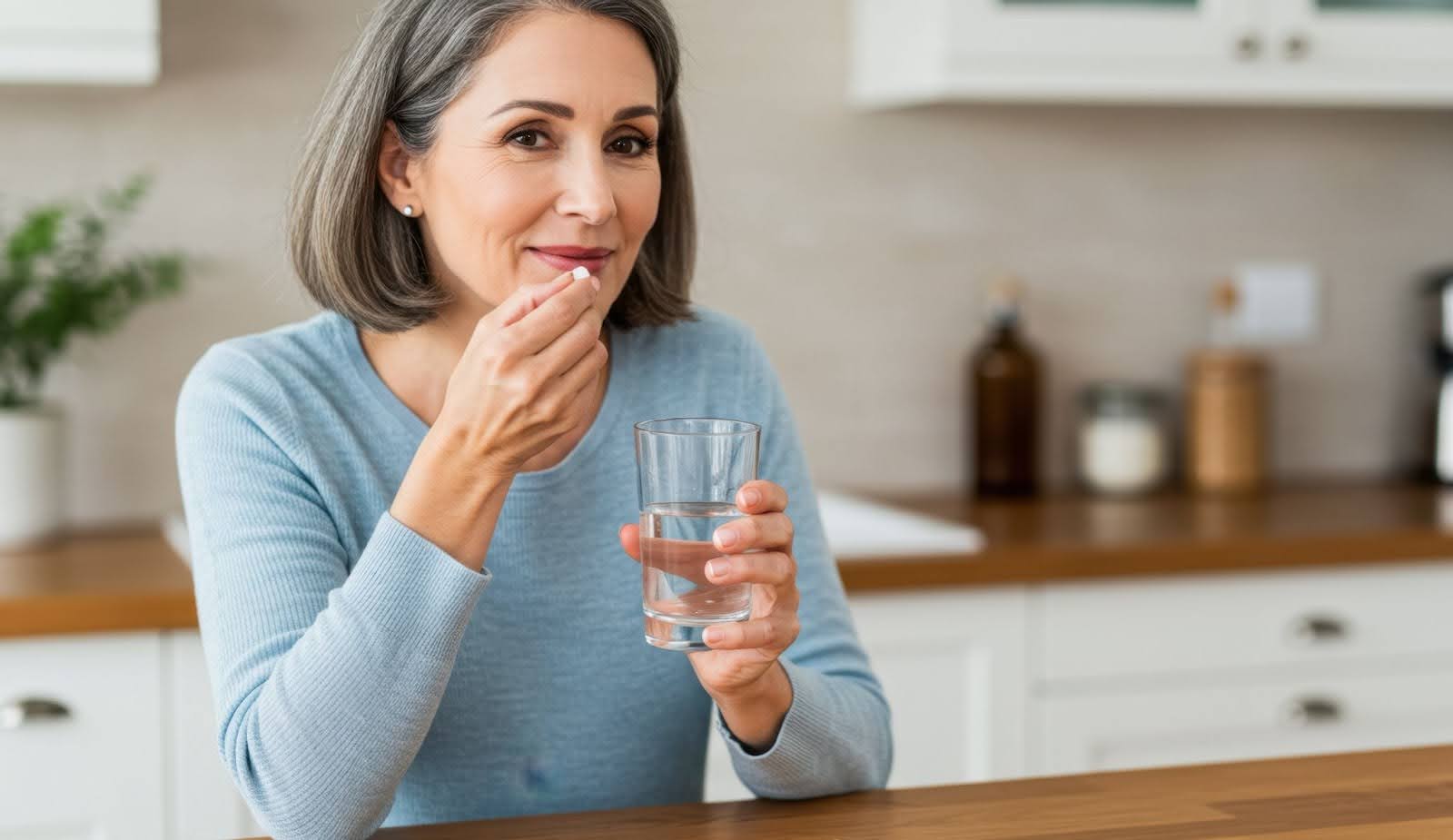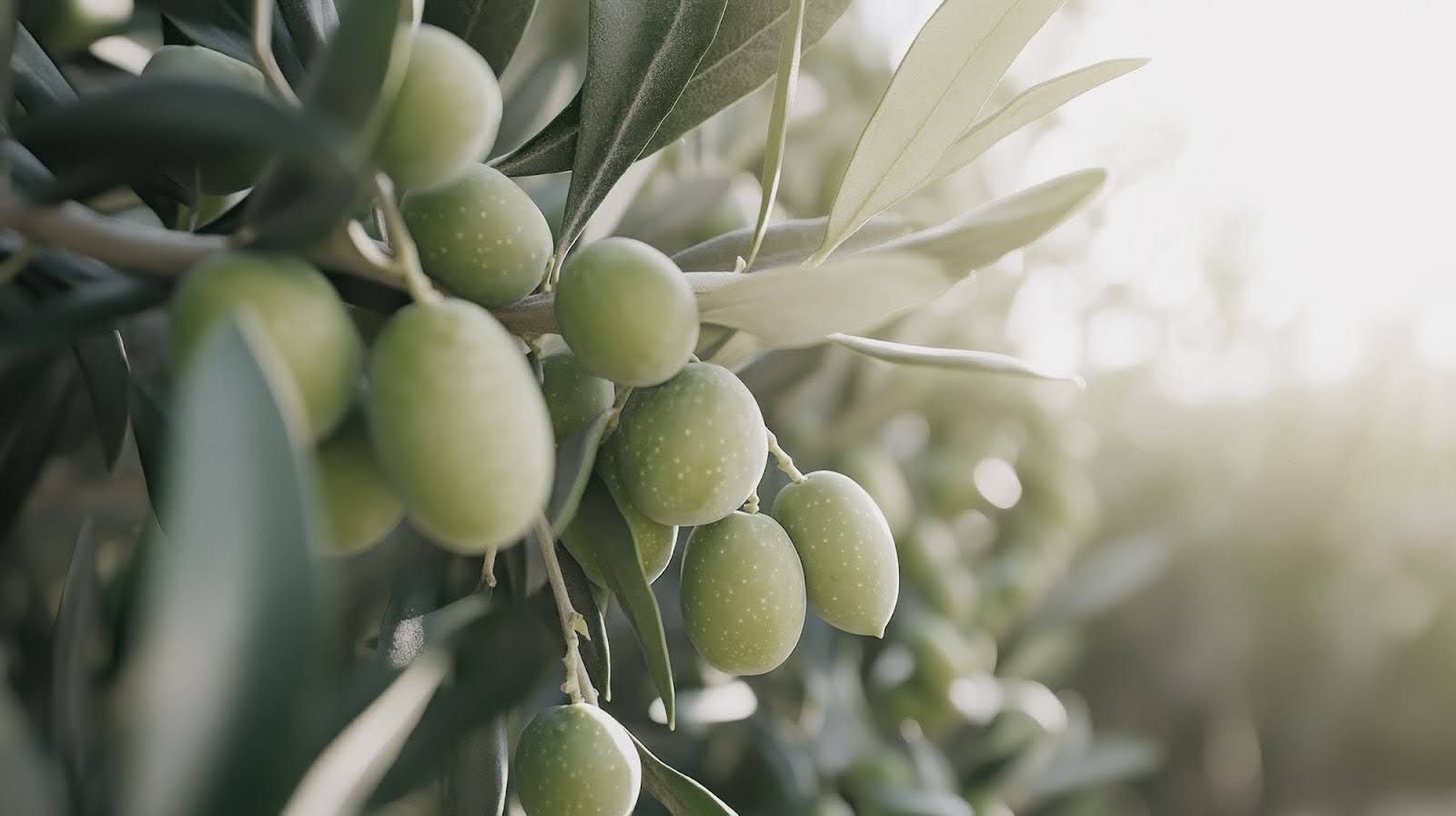Juvent Blog - Alternative Health and Wellness News
Explore expert insights on how the Juvent Micro-Impact Platform and HydroxyBMD3 can support your health and wellness journey.
Wellness Gadgets Worth Trying: What Actually Moves the Needle?
From smartwatches to posture correctors, wellness gadgets are flooding the market with promises of better health. But how do you know which health and wellness devices actually deliver real results? In an industry full of trend-based tools and one-size-fits-all marketing, the truly impactful devices are backed by science and built to support your body’s natural systems.
Are Post-Menopausal Women at Greater Risk of Heart Disease?
Menopause brings with it a series of well-known symptoms like hot flashes, fatigue, and mood changes. There’s also a deeper, less visible shift that happens in the years following a woman’s final period: a heightened risk of cardiovascular disease. Understanding why can empower you to take control of your health. At Juvent, we aim to support post-menopausal wellness through innovative, science-backed products. Here’s what you need to know about the link between menopause and heart disease and how Juvent’s technologies may play a role in supporting your heart and circulation.
Why Your Bones Need Impact: The Missing Link in Your Wellness Routine
Our wellness routines often focus on nutrition and exercise to achieve aesthetic results, cardiovascular health, or muscular strength, but there’s one critical system that many people overlook: the skeletal system. Understanding the answer to why bone health is important gives you insight into how bones aren’t just sitting quietly beneath the surface. It’s time to take a closer look at what keeps them strong and how to support them the right way.
Swelling is a common occurrence in the body and can affect nearly any part of the body, including the legs, ankles, and hands. Also called edema, this condition is when excess fluid is trapped in the body's tissues. While it can range from mild and temporary to chronic and serious, many forms of edema can be managed or even reversed with the right approach. We’ll help you better understand what edema is, its most common causes, and how to reverse edema naturally or with medical support.
What Does It Mean if Your Joints Get Sore From Time to Time?
Joint soreness is a common complaint for people of all ages. Whether it’s a passing ache or persistent discomfort, sore joints can interfere with daily life and make physical activity feel more challenging. Understanding what can cause sore joints helps you better manage your joint health. Let’s learn the reasons behind sore joints, why soreness may come and go, and what you can do to improve joint comfort naturally.
What's in HydroxyBMD3™ PM? The Calcium Absorption Boost of Di-Calcium Malate
With age comes the need for more attention to heart and bone health. Both of these systems require calcium for optimal function, but not just any calcium. The form, delivery, and timing of your calcium supplementation make all the difference between simply taking a supplement and actually supporting your long-term health. That’s where HydroxyBMD3™ PM stands out and why its use of di-calcium malate matters. If you’ve been searching for bone health products that also consider your cardiovascular well-being, Juvent’s HydroxyBMD3™ PM was formulated with you in mind. Let’s explore how di-calcium malate works and why it’s one of the best supplements for cardiovascular health and bone support available today.
Do you or someone you love struggle with nerve discomfort, tingling, or numbness that affects day-to-day life? If so, you understand how debilitating neuropathy can be. While there’s no single solution for neuropathy pain relief, many people are exploring non-invasive options that support their body’s natural healing processes, like micro-impact therapy.
What Are the Dangers of Whole-Body Vibration (hWBV) Plates?
In the pursuit of better health, many individuals have turned to whole-body vibration (hWBV) plates, devices that claim to enhance circulation, strengthen bones, and promote recovery. But are all vibration plates created equal? Do vibration plates work? And more importantly, are they safe? We’ll break down the hidden risks of traditional hWBV platforms and explain why Juvent’s Micro-Impact Platform® offers the smarter, safer solution for supporting your bone, joint, and circulatory health.
Everyone thinks of calcium when they’re looking to optimize their bone health. The real key to resilient bones, flexible joints, and overall wellness lies in a strategic blend of nutrients taken at the right time of day. That’s exactly why Juvent formulated HydroxyBMD3™ PM: a nightly supplement designed to support skeletal repair, joint function, and recovery as your body rests and rebuilds overnight. Two of its powerhouse ingredients, microcrystalline hydroxyapatite and Albion Minerals®, set this formula apart from traditional bone health products. Let’s take a closer look at how they work and why HydroxyBMD3™ PM deserves a spot in your evening routine.
Why Lymphatic Drainage May Be Key in Reducing Leg and Ankle Swelling From Edema
Swollen ankles and heavy, aching legs are more than just uncomfortable; they may be signs of a sluggish lymphatic system. Discovering how to support your body’s natural fluid movement might feel mysterious. You may ask, “Can lymphatic drainage help swollen ankles or legs?” For many, consistent lymphatic drainage is essential in managing symptoms of edema, and understanding how it works can help you make smarter choices about your health.
What's in HydroxyBMD3™ AM? The Many Benefits of MicrobiomeX®, VitaCholine®, and K2VITAL™
When it comes to maintaining lifelong wellness, most people focus on diet and exercise, but targeted nutrition can be just as essential. At Juvent, we believe supplements should do more than just fill nutritional gaps; they should actively support your body's systems. That’s why we developed HydroxyBMD3™ AM, the morning component of a powerful daily supplement system built around three clinically studied ingredients: MicrobiomeX®, VitaCholine®, and K2VITAL™.
What's in HydroxyBMD3™ AM? Three Ways Bonolive® Addresses Postmenopausal Concerns
If you’re navigating life after menopause, you already know it’s more than just a hormonal shift; it’s a total body transition. From changes in mood and metabolism to bone loss and cardiovascular risks, postmenopausal symptoms can affect how you feel every day. That’s why Juvent created HydroxyBMD3™ AM, a targeted supplement designed to support bone health, cardiovascular function, and overall wellness, especially during and after menopause. At the heart of the powerful formula is Bonolive®, a clinically studied ingredient derived from olive leaf extract. This standout ingredient addresses key postmenopausal health concerns, and it’s a smart addition to your daily wellness routine.
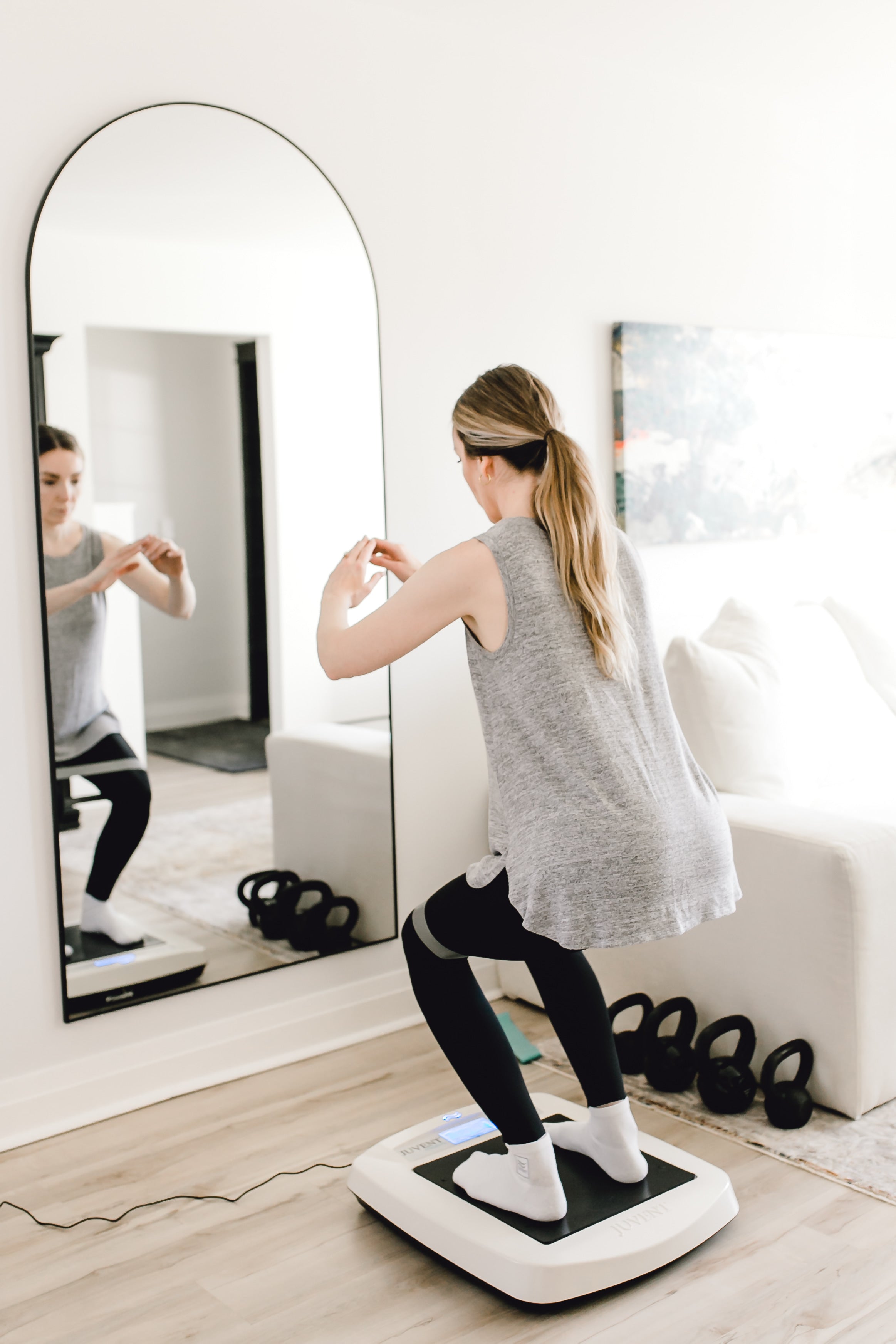
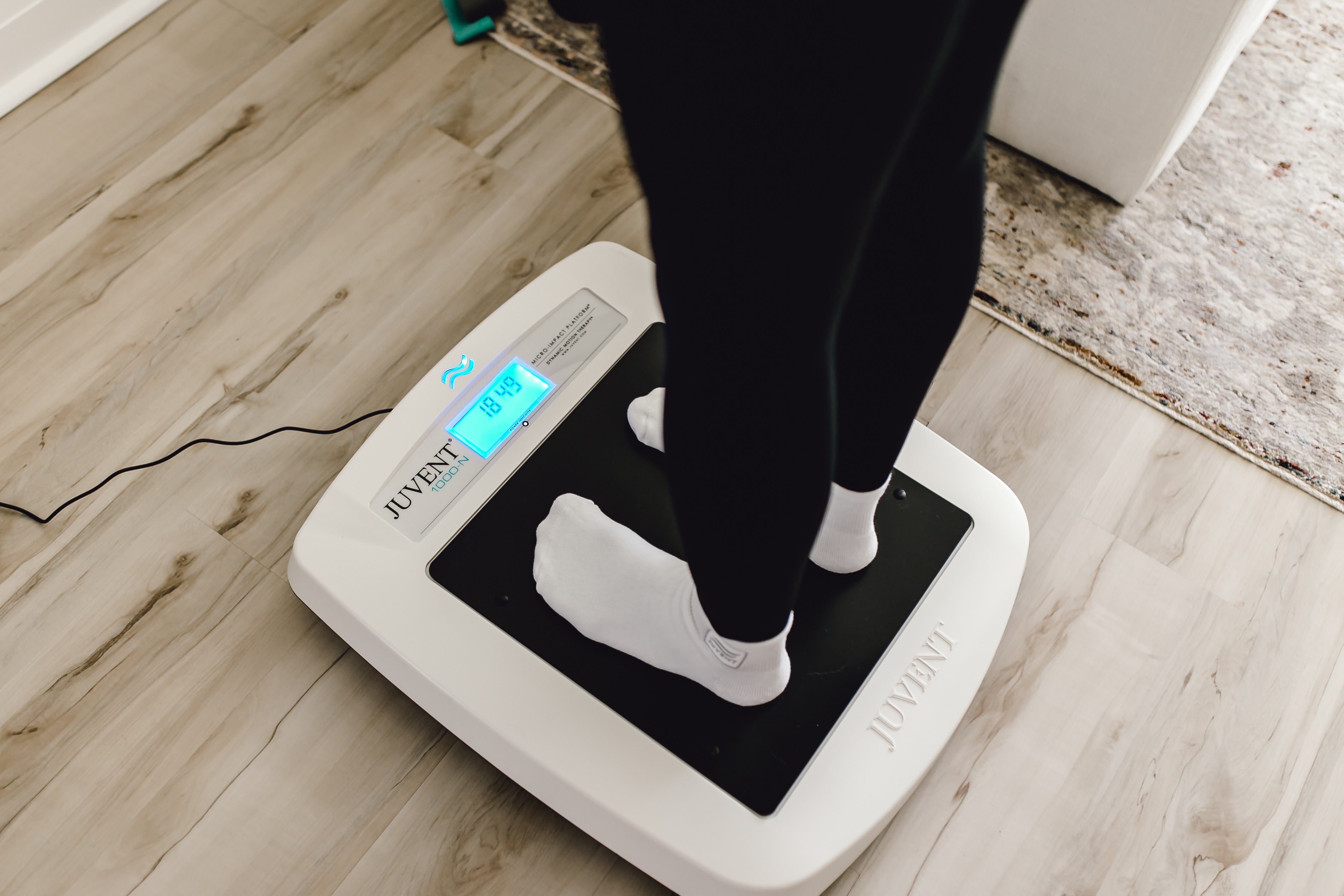
Discover the Juvent Micro-Impact Platform
Support strength, balance, and mobility—naturally

